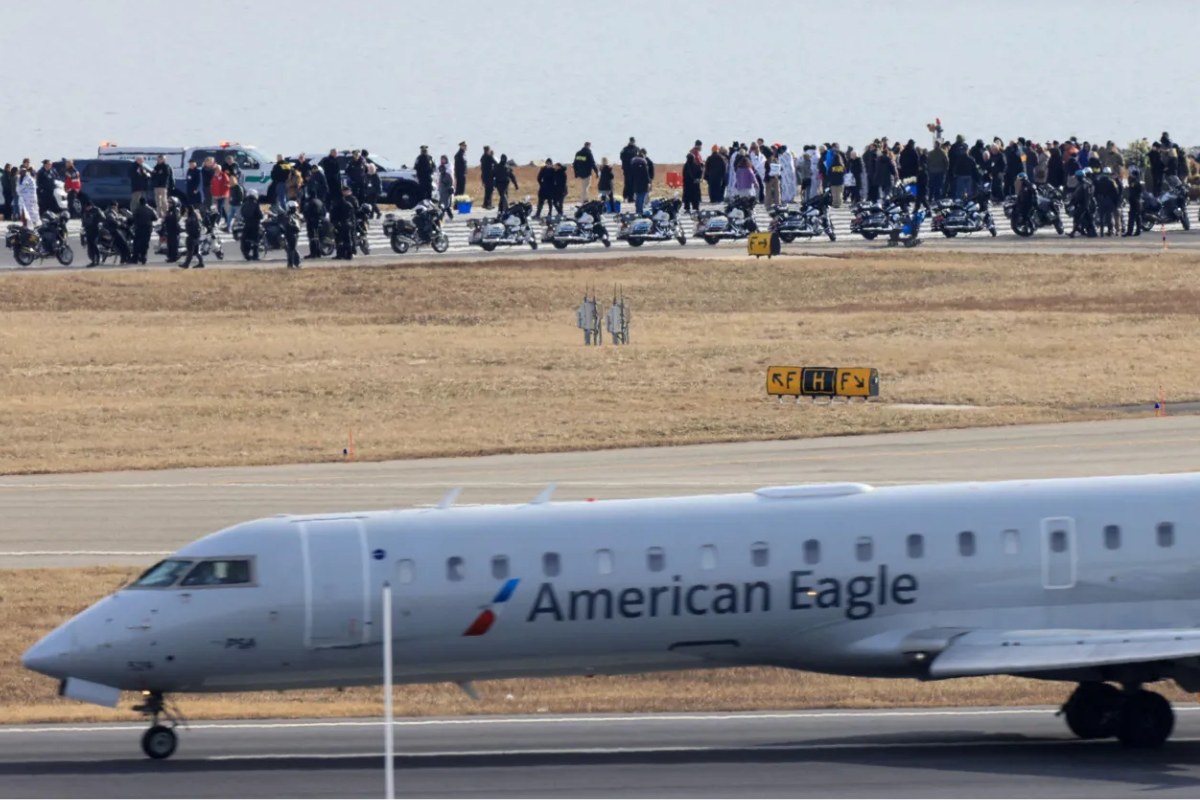On February 2, 2025, a tragic mid-air collision near Washington, D.C., resulted in the deaths of 67 people. The incident occurred amid air traffic control staffing shortages, which were reportedly lower than normal on the day of the crash.
Investigations suggest that these staffing gaps led to significant delays in communication, impacting the response time during the emergency. The FAA has launched an investigation to examine the extent of these staffing issues and their role in the crash.
The incident has raised concerns about staffing levels, especially during off-peak hours. During these times, fewer controllers are scheduled, which increases vulnerabilities in airspace management.
The FAA is reviewing its staffing policies to improve coverage during less busy periods and prevent future accidents. This review may lead to changes in scheduling and resource allocation for air traffic control.
The FAA faces mounting pressure to address staffing shortages, particularly in high-traffic areas like Washington, D.C. Air traffic controllers manage thousands of flights daily, and lapses in communication can lead to dangerous situations.
This crash highlights the risks of understaffed air traffic control centers. The FAA must ensure adequate staffing at all times to prevent lapses in safety and maintain efficient airspace management.
The FAA is focused on improving operational readiness to ensure air traffic control centers are fully staffed and able to respond effectively to emergencies. They are reassessing staffing during off-peak hours to ensure air travel remains safe at all times.
The crash has also raised concerns about the working conditions of air traffic controllers. High stress levels and long shifts add pressure to their roles, further emphasizing the need for adequate staffing.
As the FAA investigates, it is focused on understanding how staffing shortages and communication delays contributed to the crash. Improving staffing levels will help prevent similar incidents in the future.
This tragic event underscores the critical role of air traffic control in maintaining safe skies. The FAA aims to make changes that will improve air travel safety for all passengers and crew.




